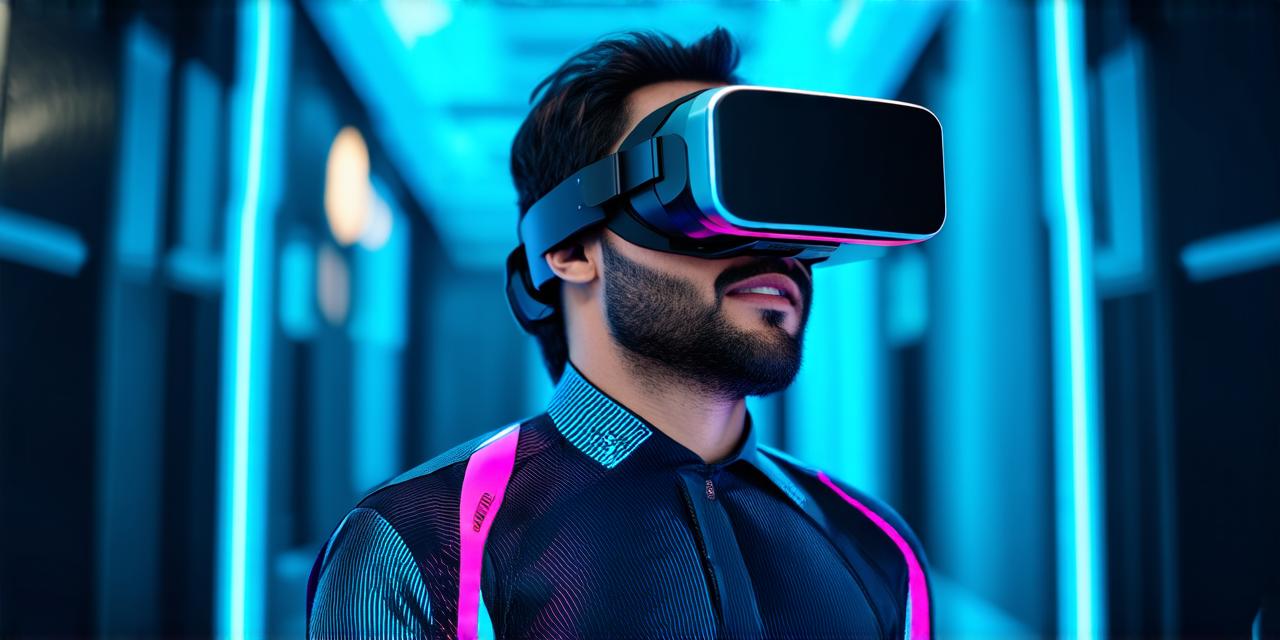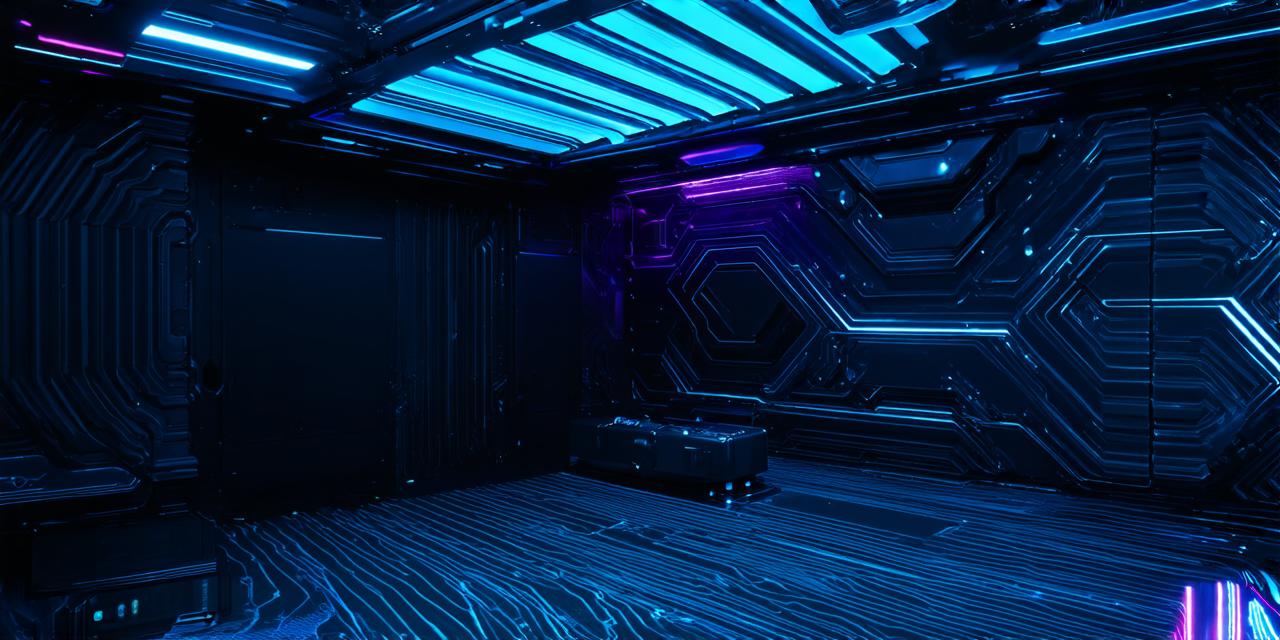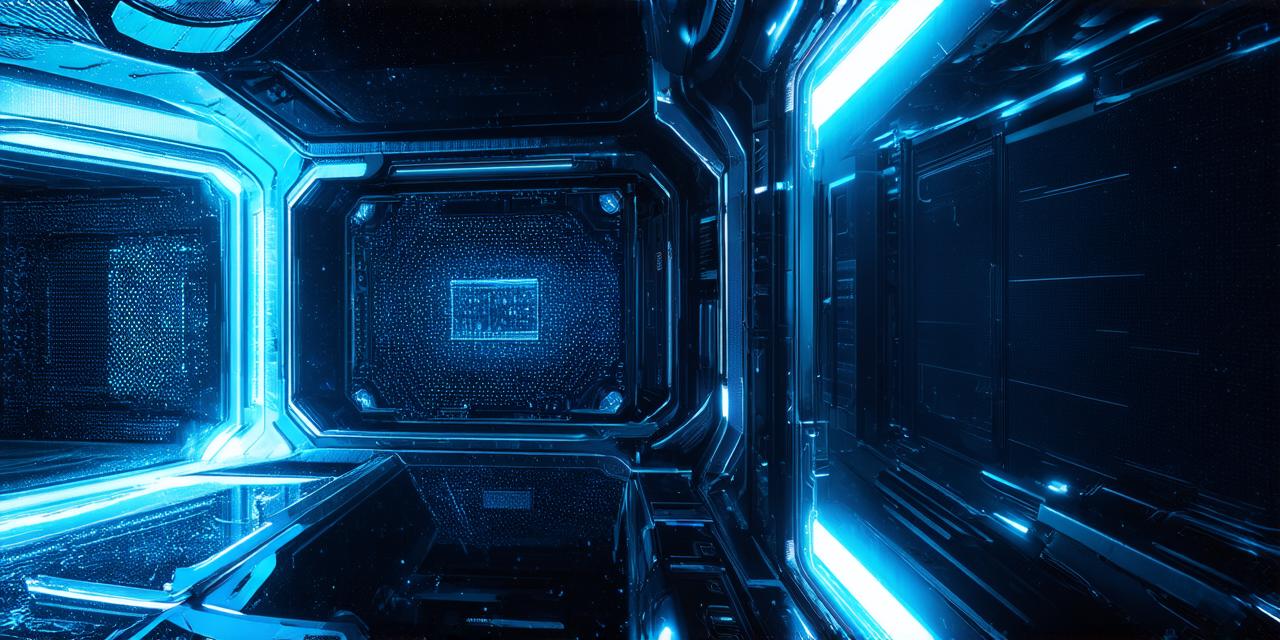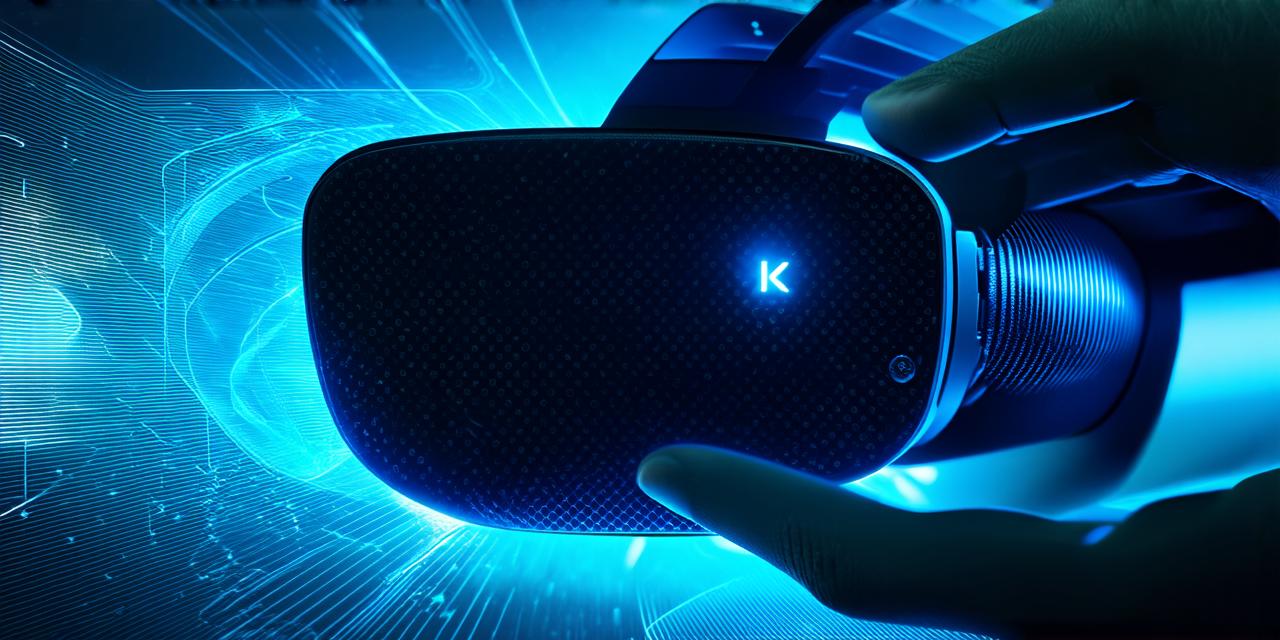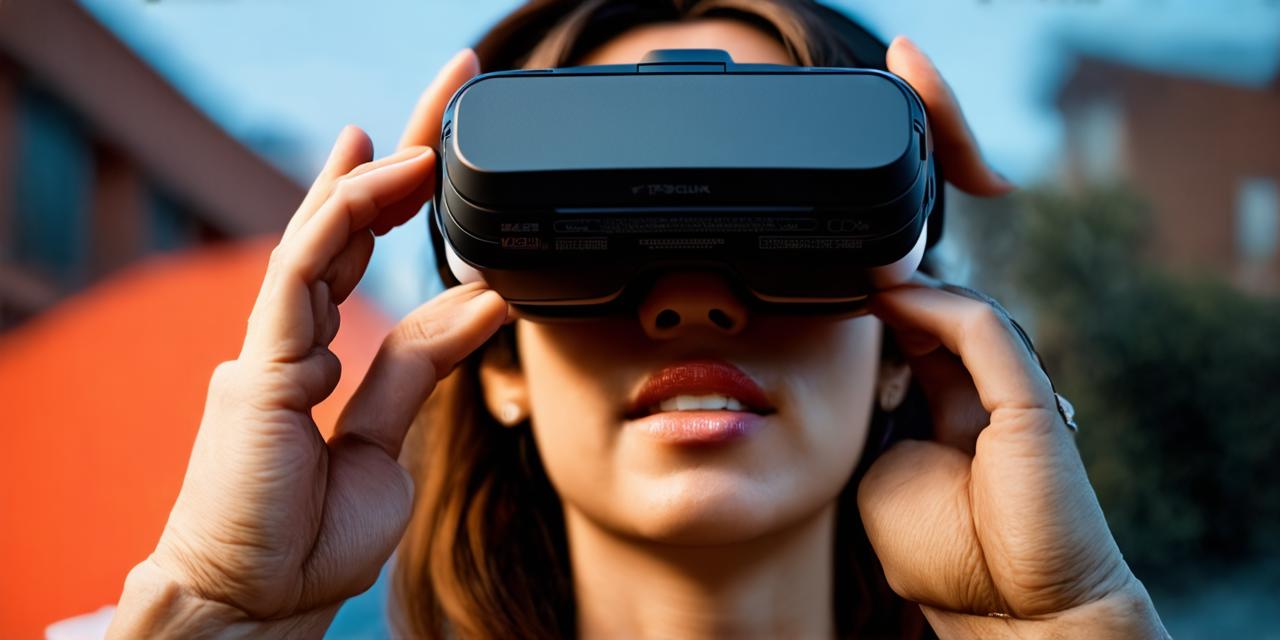Hardware Components
A virtual reality headset consists of several hardware components that work together to create an immersive experience for the user. These components include:
- Display screens: The display screens in a VR headset provide the visual content that users see. These screens can range from monitors to specialized displays like OLED or LCD panels. They are typically high-resolution displays with wide viewing angles, which helps to create an immersive experience.
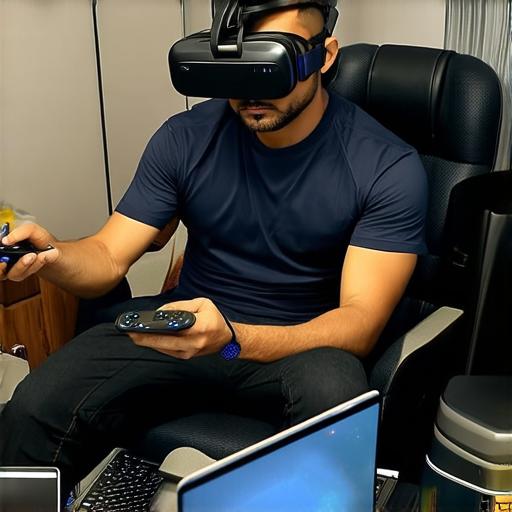
- Tracking sensors: The tracking sensors in a VR headset track the user’s movements and adjust the display accordingly. These sensors use various technologies such as cameras, gyroscopes, and accelerometers to detect the user’s position and movement in real-time. This allows for a seamless and immersive experience.
- Processor: The processor in a VR headset handles the computational tasks required to render the visual content and track the user’s movements. It also manages other system tasks such as input processing, memory management, and audio playback.
- Memory: The memory in a VR headset stores the software and data required for rendering the visual content. It typically consists of high-speed RAM that enables real-time processing of data.
- Input devices: Input devices like controllers or gloves allow users to interact with the virtual environment. These devices are designed to be lightweight and comfortable, allowing the user to move freely without getting tangled up in cables.
- Batteries: The batteries in a VR headset provide power to all of its components. They typically consist of high-capacity rechargeable batteries that can last for several hours of use.
Software Components
The software components in a VR headset play a crucial role in providing an immersive experience for the user. These components include:
- Operating system: The operating system in a VR headset manages the hardware and software resources and provides a platform for running applications. It is responsible for managing the display screens, tracking sensors, and other hardware components.
- Application software: Application software like games, educational programs, and simulations run on the
